Capital Ideas: So What If the Fed’s Not Independent?
The Federal Reserve's role is up for debate since President Trump took office.
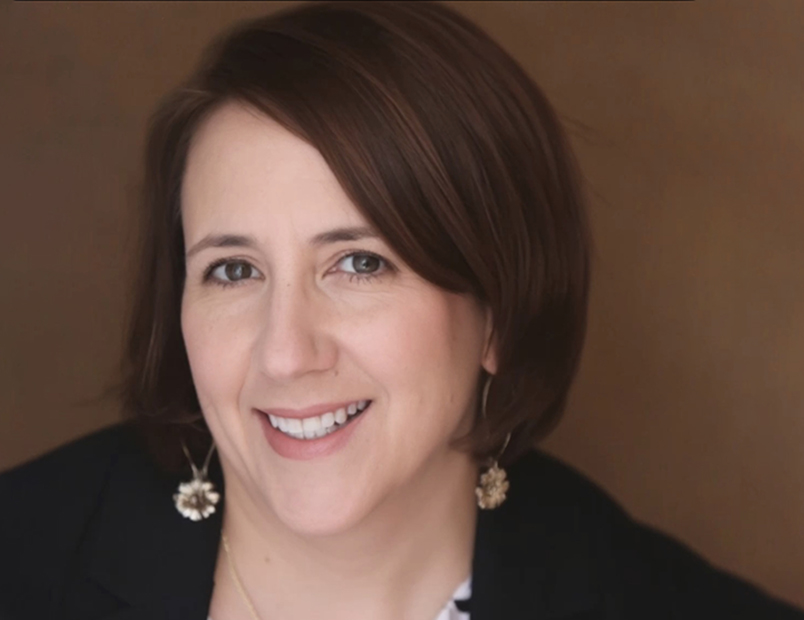
During the very last session of last week’s MBA-CREF conference, an audience member asked a question that got a big reaction from the panelists: How important is it for the Federal Reserve and its chairman, Jerome Powell, to remain independent of the President and of Congress? The consensus among the panelists was: It’s critical.
Moody’s puts the “utmost importance” on Fed independence and has made the potential for a change in that status part of its risk matrix, said Kevin Fagan, senior director & head of economic research. The rating agency’s position is “we should let the experts do what they do,” he said.
President Donald Trump is, at his core, a dealmaker, and commercial real estate is where he honed those skills. So there are CRE executives who secretly or not-so-secretly wish our new leader would get in there and engineer a lower cost of capital. Lowering short-term rates should help get property deals flowing again and give businesses and consumers more buying power. (Treasury rates, the key CRE borrowing benchmark rate, typically fall when the fed funds rate falls, though the two haven’t tracked recently.)
The president has expressed a desire to do just that. But as we know, Powell and the other Fed governors resisted pressure from the president and elected to pause the benchmark rate at 4.25 to 4.5 percent during their first post-inauguration FOMC meeting.
Dueling objectives
The Federal Reserve was created by Congress as a central bank in 1913. The Fed, which has been independent of the Treasury Department since 1951, is responsible for monetary policy with the goal of maintaining stability in the banking system and the economy.
Currently, that goal is rubbing up against the administration’s fiscal policy goal of waking up a sluggish economy, said Victor Calanog, global head of research and strategy & chief economist for Manulife Real Estate Finance Group.
People often would like the Fed to “put the cape on” to rescue the economy, Calanog said. And you could say it did just that in 2020 and 2008 when it dropped rates to the 0 to 0.25 percent range to stimulate borrowing.
But, he said, other countries should serve as a cautionary tale for why our central bank should remain independent. “When central banks lose independence, it debases a country’s currency,” he said.
So while the U.S. is still seen as a safe haven for foreign investors, devaluing our currency would discourage that capital from coming here, further driving up our nearly $1 trillion trade deficit.
With the U.S. economy also facing the impacts of U.S.-imposed tariffs and an expiring tax law, for now Fed independence is a certainty in an uncertain world. But these are interesting times, and anything can happen.
Yesterday, citing Article II of the Constitution, President Trump signed an executive order that gives him oversight over all new regulations and the strategic agendas of the executive branch’s independent agencies, including the Federal Trade Commission, the Federal Communications Commission and the Federal Reserve. The one exception to the EO was the Federal Reserve’s monetary policy function.

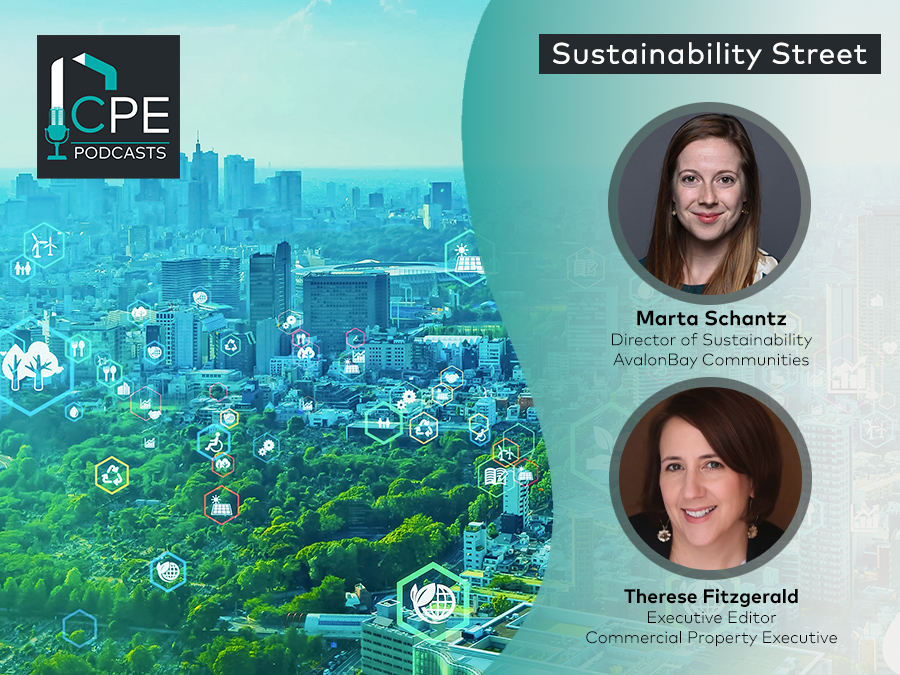
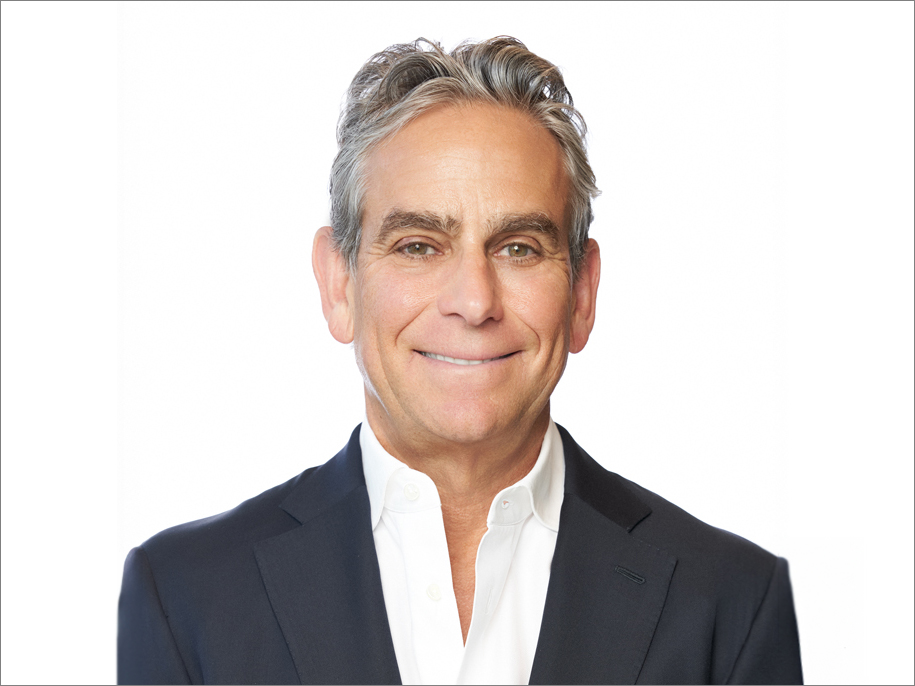
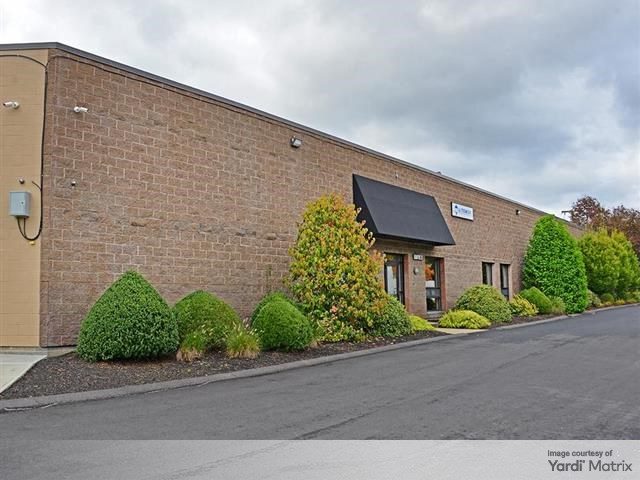

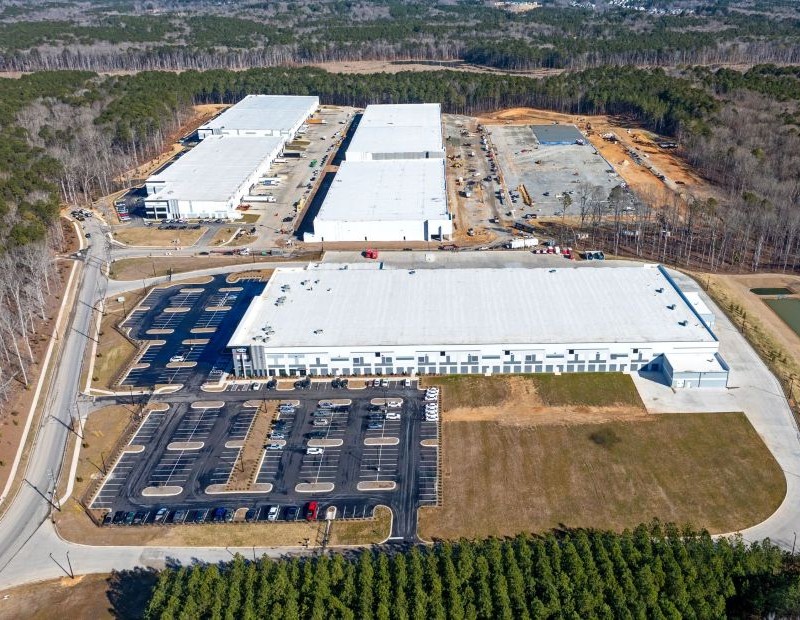
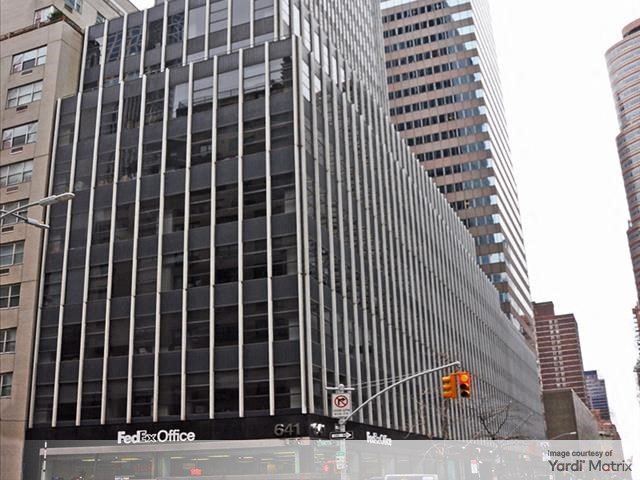
You must be logged in to post a comment.